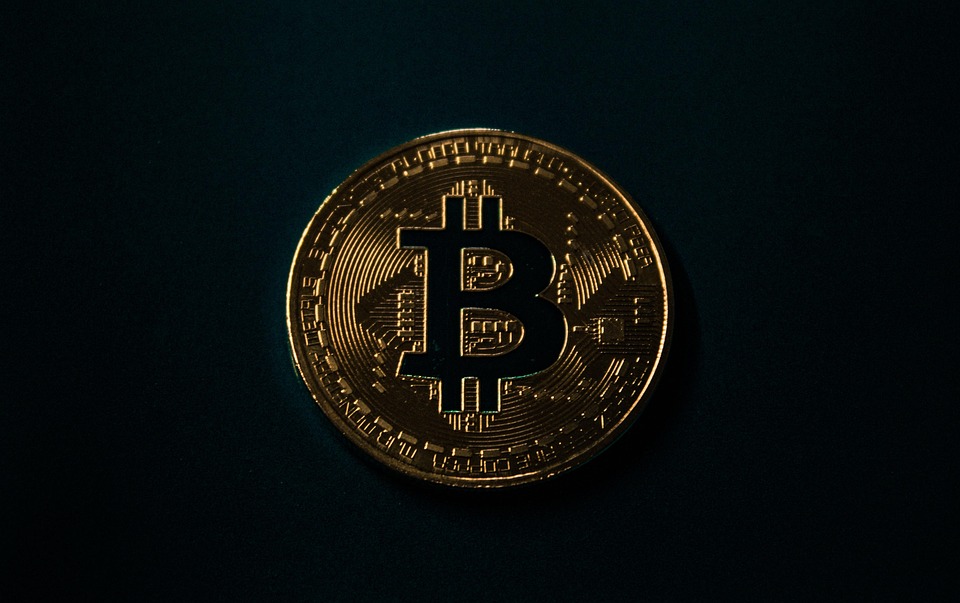Coin Collecting 101: The Benefits and Drawbacks of Investing in Junk Silver

Coin Collecting 101: The Benefits and Drawbacks of Investing in Junk Silver
Coin collecting is a popular hobby that has been around for centuries, with many enthusiasts seeking to accumulate a collection of rare and valuable coins. For some, the thrill of the hunt, the beauty of the coin, or the historical significance can be enough to justify the pursuit. However, for others, the primary motivation may be to invest in a tangible asset that can potentially appreciate in value over time. One type of coin that has gained popularity among investors in recent years is junk silver. In this article, we’ll explore the benefits and drawbacks of investing in junk silver.
What is Junk Silver?
Junk silver refers to coins that are made of 90% silver, such as the Morgan and Peace dollars, Barber quarters, and Walking Liberty half-dollars, minted from 1920 to 1964. These coins are called "junk" because they are no longer officially backed by the U.S. government and are not considered legal tender. However, their silver content remains significant, making them attractive to investors seeking a tangible asset.
Benefits of Investing in Junk Silver
- Diversification: Bullion coins like junk silver can provide a hedge against inflation, market volatility, or currency devaluation, diversifying a portfolio by incorporating a tangible, physical asset.
- Liquidity: With a wide range of denominations available, investors can easily diversify their holdings and adjust their positions as market conditions change.
- Long-term value: As silver prices fluctuate, the composition of a junk silver coin remains largely stable, providing a potential hedge against inflation and market volatility.
- Collectibility: Many investors appreciate the aesthetic appeal and historical significance of junk silver coins, which can add to their emotional and financial returns.
- Low costs: Minted before 1965, these coins are often widely available at relatively low prices, making them accessible to new investors.
Drawbacks of Investing in Junk Silver
- Market Volatility: Like any commodity, silver prices can fluctuate, and junk silver coins are no exception. Investors may experience loses if the market price of silver decreases.
- Handling and Storage: Bullion coins require careful storage and handling to maintain their condition, which can be time-consuming and costly.
- Counterfeit Coins: The sheer volume of minted coins over the years has led to the existence of fake coins on the market, making it essential to purchase from reputable dealers and dealers.
- Condition and Authenticity: The condition and authenticity of a coin can significantly impact its value. Investors must ensure the coins are properly graded and authenticated by reputable third-party services.
- Tax Implications: Depending on the jurisdiction, investors may face capital gains tax liabilities upon selling their junk silver collection.
In conclusion
Junk silver coins can be an attractive investment option for those seeking a tangible, relatively low-cost way to diversify their portfolio and potentially benefit from the price fluctuations of silver. However, investors must be aware of the potential drawbacks, including market volatility, handling and storage requirements, and the importance of authenticity and condition. By understanding these factors, investors can make an informed decision about whether junk silver coins are right for them.










[ad_1]
Coin Collecting 101: The Benefits and Drawbacks of Investing in Junk Silver
Coin collecting is a popular hobby that has been around for centuries, with many enthusiasts seeking to accumulate a collection of rare and valuable coins. For some, the thrill of the hunt, the beauty of the coin, or the historical significance can be enough to justify the pursuit. However, for others, the primary motivation may be to invest in a tangible asset that can potentially appreciate in value over time. One type of coin that has gained popularity among investors in recent years is junk silver. In this article, we’ll explore the benefits and drawbacks of investing in junk silver.
What is Junk Silver?
Junk silver refers to coins that are made of 90% silver, such as the Morgan and Peace dollars, Barber quarters, and Walking Liberty half-dollars, minted from 1920 to 1964. These coins are called “junk” because they are no longer officially backed by the U.S. government and are not considered legal tender. However, their silver content remains significant, making them attractive to investors seeking a tangible asset.
Benefits of Investing in Junk Silver